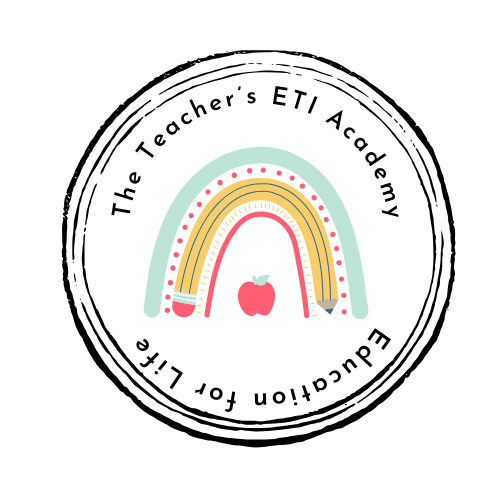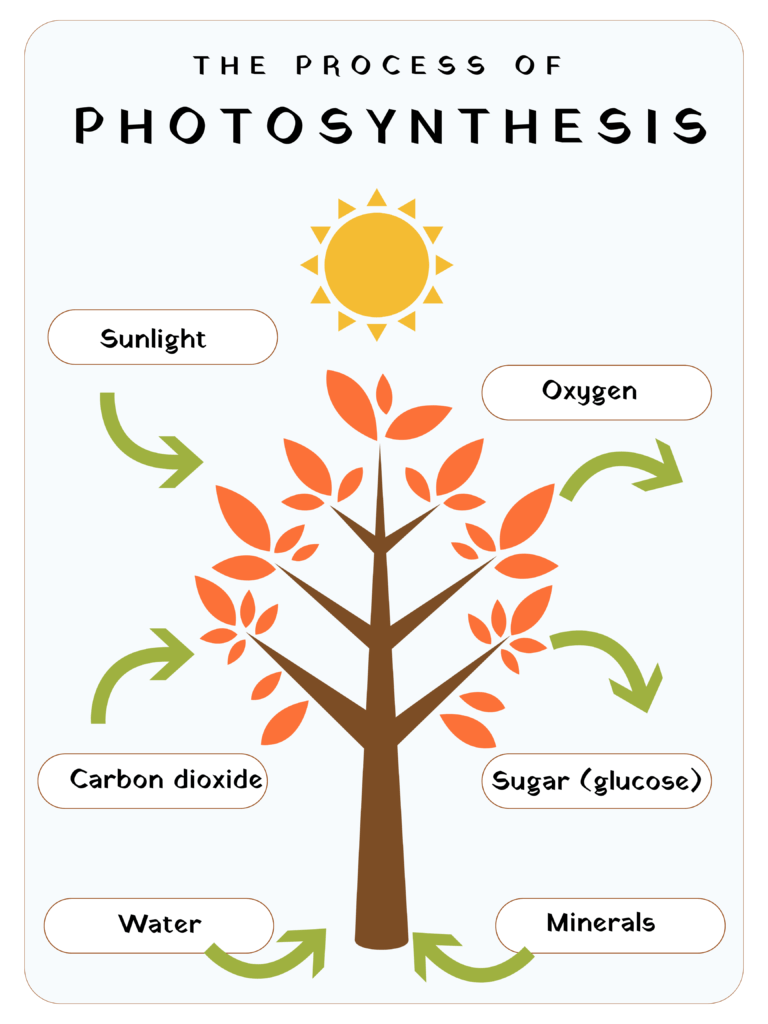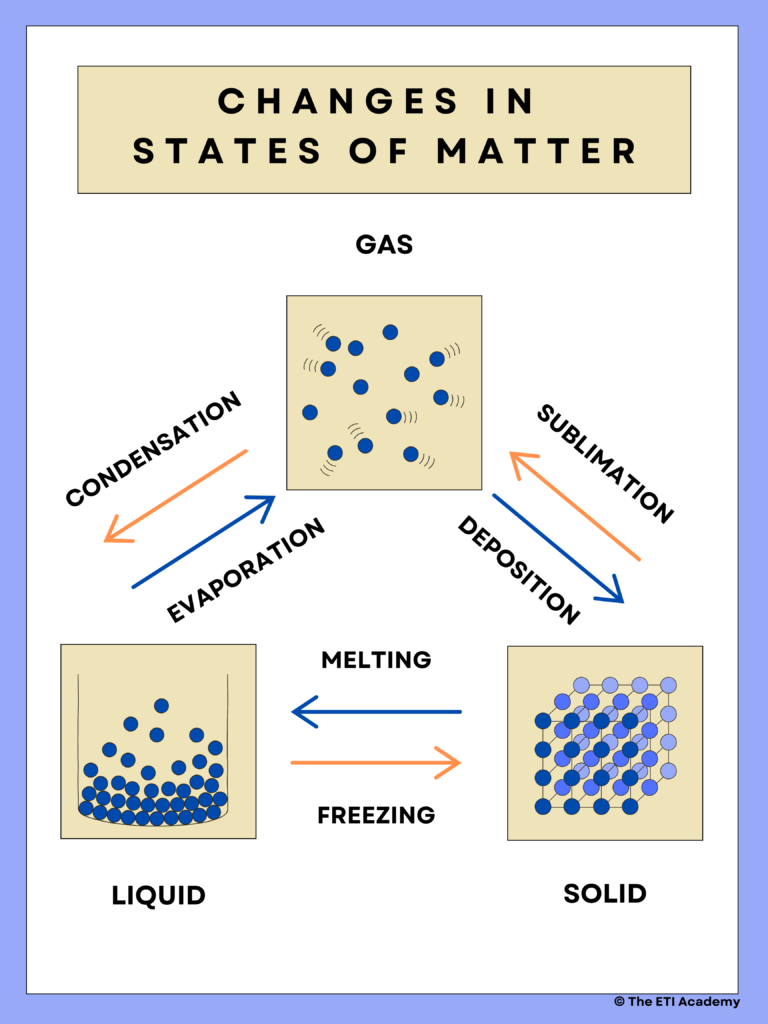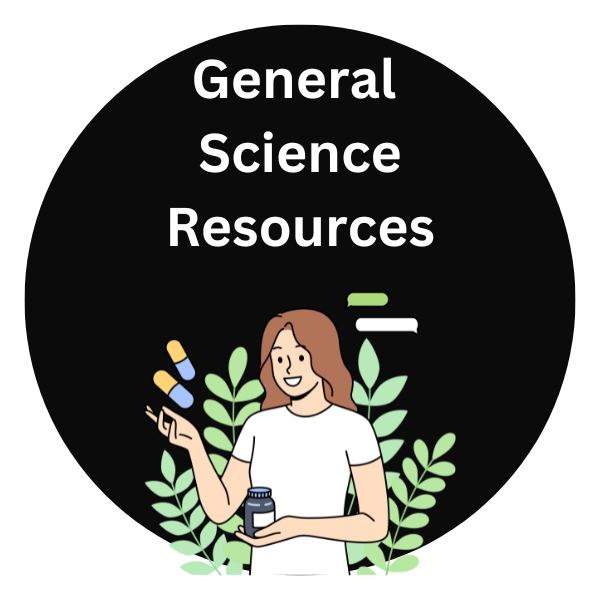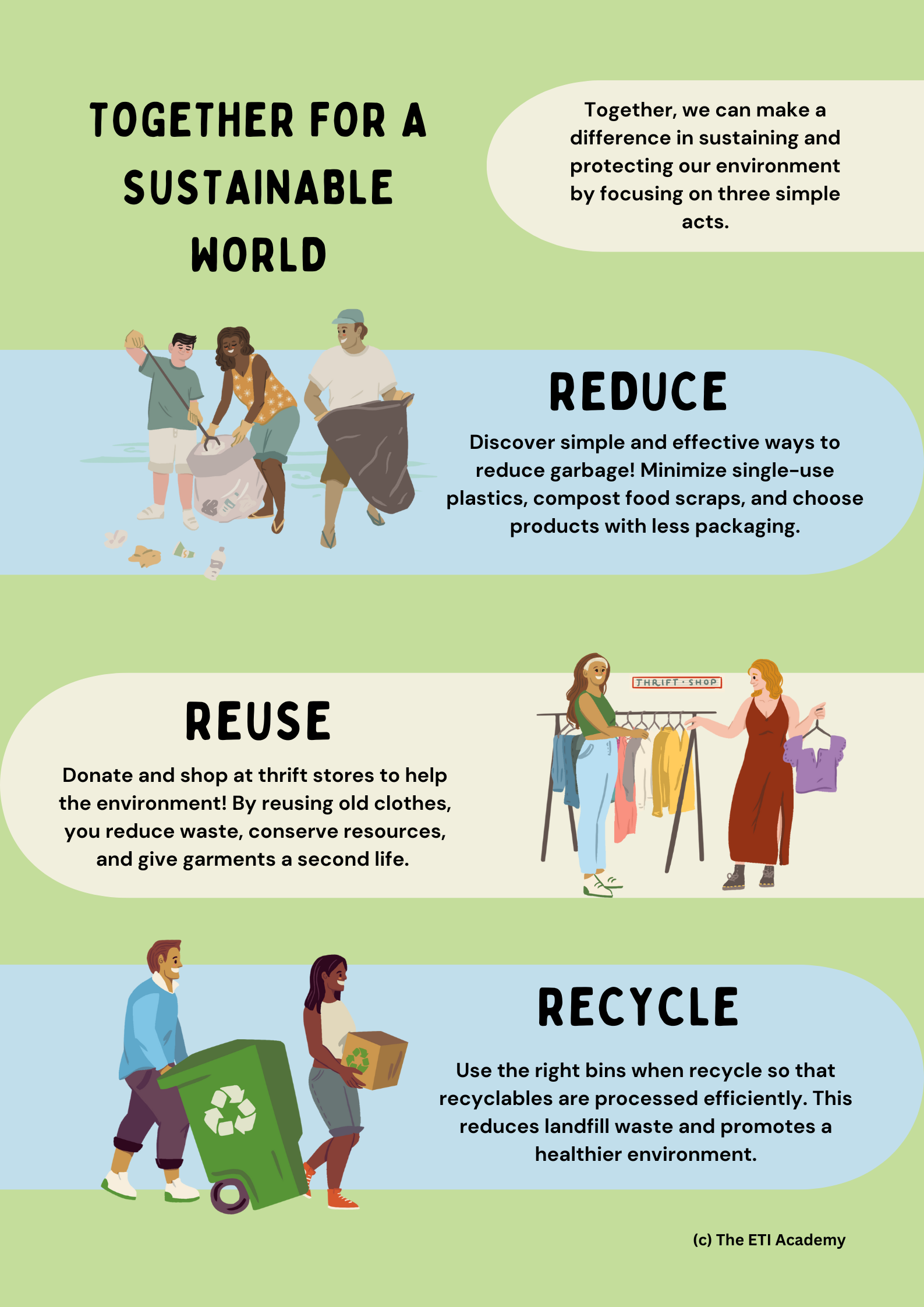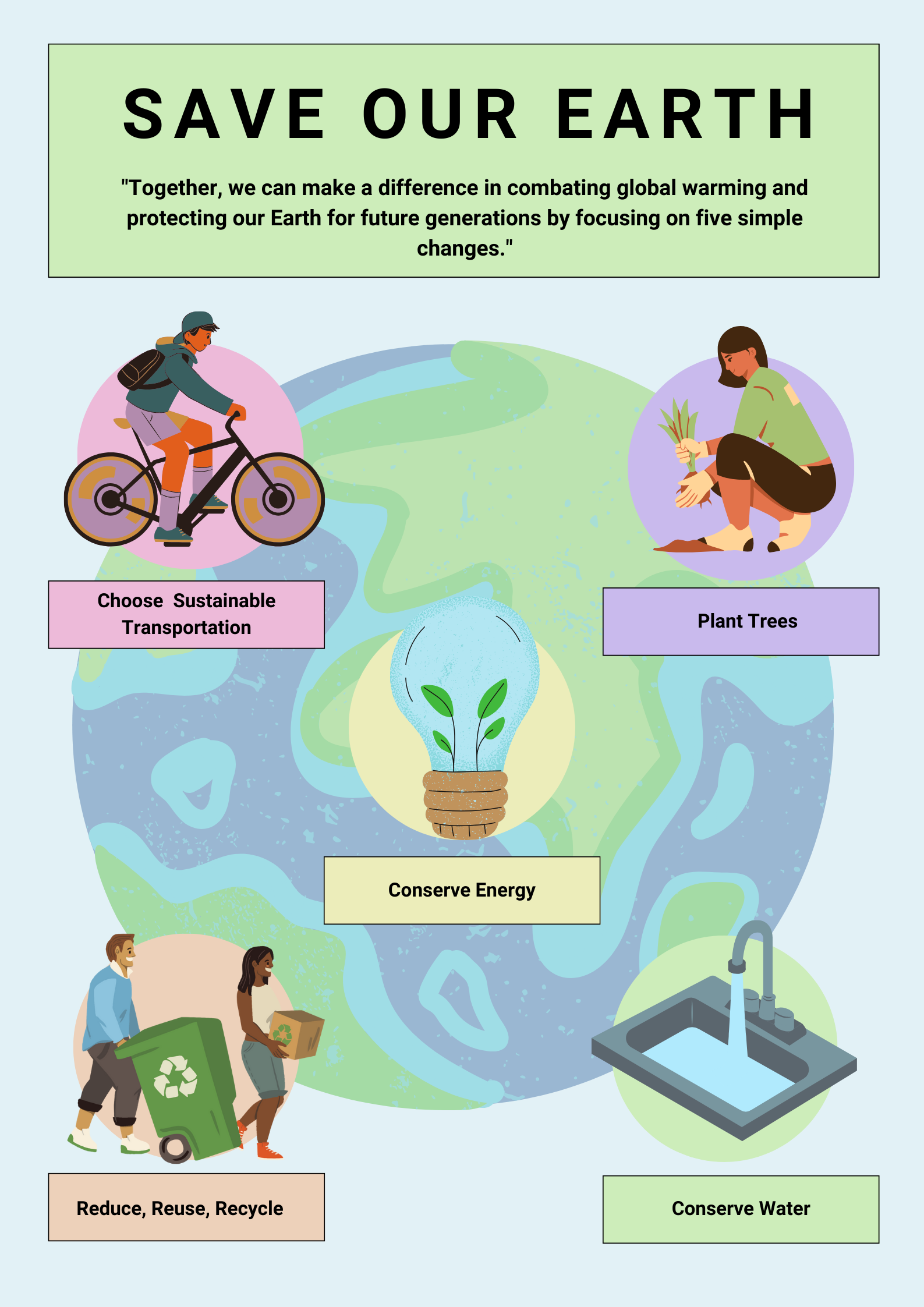Science Presentation Rubrics for Teachers
Science presentation rubrics for teachers provide them with a reliable tool to evaluate student work fairly and consistently. These rubrics focus on key elements such as content accuracy, organization, visual aids, and delivery, helping students know what to aim for while simplifying the grading process for teachers. With the right rubric, science presentations can become a meaningful and engaging part of the learning experience.

In the science classroom, presentations are a powerful way for students to demonstrate their understanding of scientific concepts, develop critical thinking, and enhance communication skills. However, assessing these presentations effectively requires clear and structured criteria.
Presentations are a creative way for students to showcase their understanding of scientific concepts, and they offer teachers an opportunity to assess a variety of skills—from communication and critical thinking to content mastery.
Click to view our science presentation rubrics for teachers, or on the image below to gain access to our ready to use rubric for the science classroom. This rubric highlights the levels by which science prensentations will be measured and provides a numeric value to each of the level.

Benefits to Using Science Presentation Rubrics for Teachers
Let’s now look at the benefits to using science rubrics in the classroom when it comes to making presentations. Presentations can be in the form of formal assessments, such as in answering questions, or in more profound summative type assessments on specific topics.
1. Clarifying Expectations for Students
Presentations can be intimidating for students, particularly when they are unsure of what’s expected of them. A presentation style rubric offers clear, well-defined criteria for success. In a science classroom, these criteria may include:
- Content knowledge: Does the student understand and explain the scientific concepts effectively?
- Organization: Is the presentation logically structured, with a clear introduction, body, and conclusion?
- Visuals: Are visual aids, like charts, graphs, or diagrams, used effectively to support the scientific content?
- Delivery: Is the student able to communicate clearly, maintain eye contact, and engage the audience?
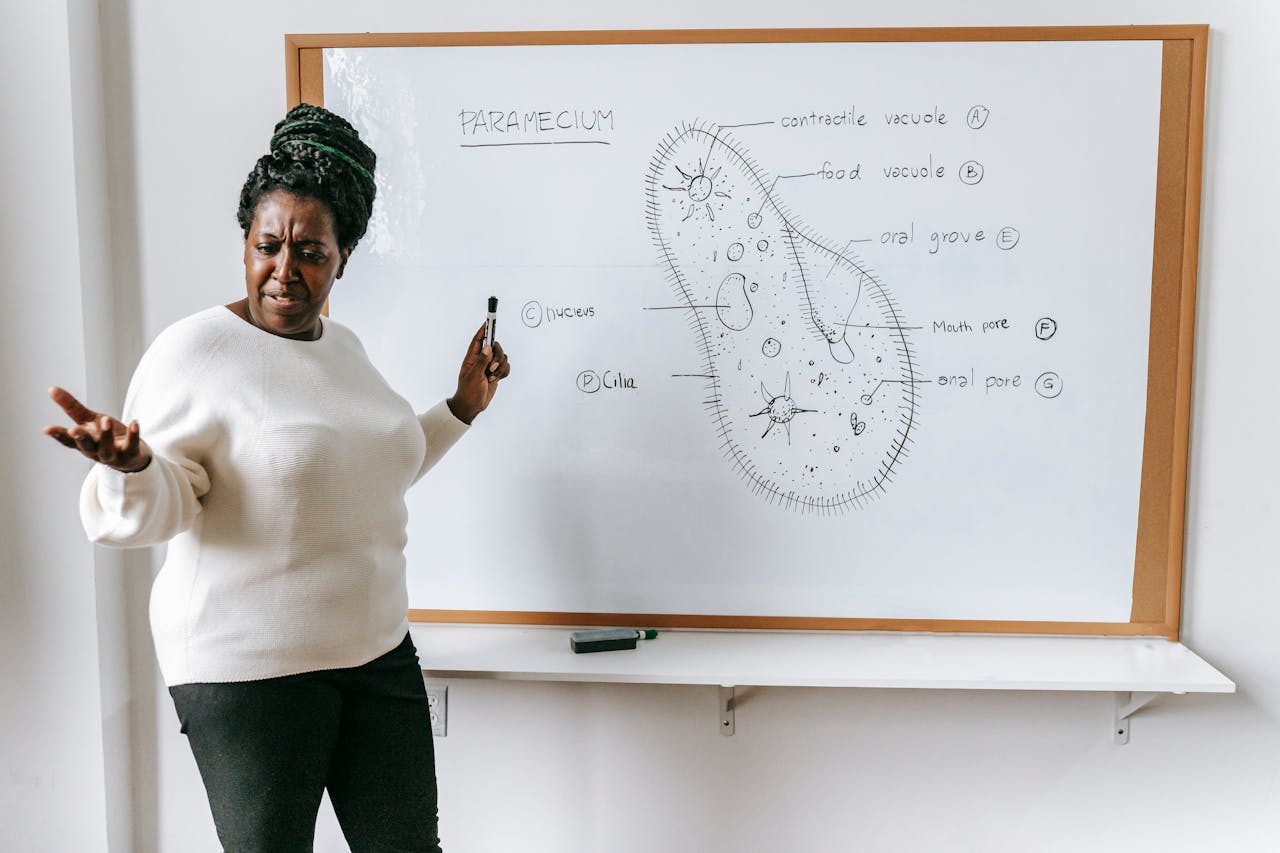
By outlining specific expectations, science presentation rubrics empower students to know exactly what they need to focus on, reducing anxiety and encouraging better preparation.
Click on the images below to see the resources we offer to help teachers and students with ideas when it comes to science presentations.
For more science resources for teachers, click here!
2. Encouraging Content Mastery
In science presentations, content is king. Students are tasked with explaining complex concepts, demonstrating their understanding, and sometimes interpreting data. A well-designed rubric emphasizes content mastery by including categories that assess the accuracy and depth of scientific knowledge.
For example, in a presentation about the water cycle, students might be evaluated on their ability to explain processes like evaporation, condensation, and precipitation, and how these are interconnected. A presentation style rubric ensures that students focus not just on how they present, but also on what they present, encouraging deeper understanding of scientific concepts.

For example, students should understand the scientific method as part of their presentation. Click to read more about teaching the scientific method.
To explore more of the content we offer, click on the images below for each of the science categories we offer resources teachers can use in the science classroom.
3. Promoting Communication and Presentation Skills
Science is not just about conducting experiments in the lab; it’s also about effectively communicating ideas and findings. Presentation style rubrics place emphasis on communication skills, which are critical for students as they learn to present complex information to an audience.

In a science classroom, students might present topics ranging from ecosystems to chemical reactions. A rubric that assesses delivery, body language, and voice projection helps students develop essential communication skills. It also encourages them to think about how they can convey scientific information in a way that is engaging and accessible to their peers.
4. Fostering Critical Thinking and Synthesis
Presentations often require students to synthesize information from different sources, draw conclusions, and present their own insights. A presentation rubric can evaluate a student’s ability to connect scientific theories to real-world examples or data, encouraging critical thinking.
For instance, in a project on climate change, students might need to explain the science behind global warming, analyze data on temperature trends, and present potential solutions. A rubric that assesses the student’s ability to synthesize and analyze information ensures that the focus is on higher-order thinking, not just memorization.
5. Objective and Consistent Grading
Assessing presentations without a rubric can lead to subjective and inconsistent grading. Some students may receive higher marks for confident delivery, while others may be penalized for being nervous, even if their content is excellent. A presentation rubric standardizes the grading process, ensuring that every student is evaluated fairly based on predefined criteria.

For example, a rubric might allocate a specific percentage of the grade to each category—content, visuals, delivery, and organization. This structure helps teachers provide balanced evaluations, focusing on the key areas that matter most in a science presentation.
6. Providing Targeted Feedback
One of the biggest advantages of using rubrics is the detailed feedback they provide. After a presentation, students can see exactly how they performed in different areas. Did their visuals effectively support their explanation of photosynthesis? Did they organize their presentation logically when discussing the different types of cells?

This targeted feedback allows students to identify their strengths and areas for improvement. It also gives them concrete steps to improve their next presentation, whether it’s working on their public speaking skills or diving deeper into scientific content.
7. Enhancing Student Confidence and Engagement
Presentations can be a nerve-wracking experience, but a rubric can boost students’ confidence by offering them a clear framework to follow. Knowing that they will be evaluated on specific, manageable criteria helps students feel more in control of their performance.
For example, a student might be apprehensive about public speaking but feel more comfortable knowing that their content mastery and use of visuals are also important components of their grade. This balance encourages students to focus not just on performance but on sharing what they’ve learned in science.
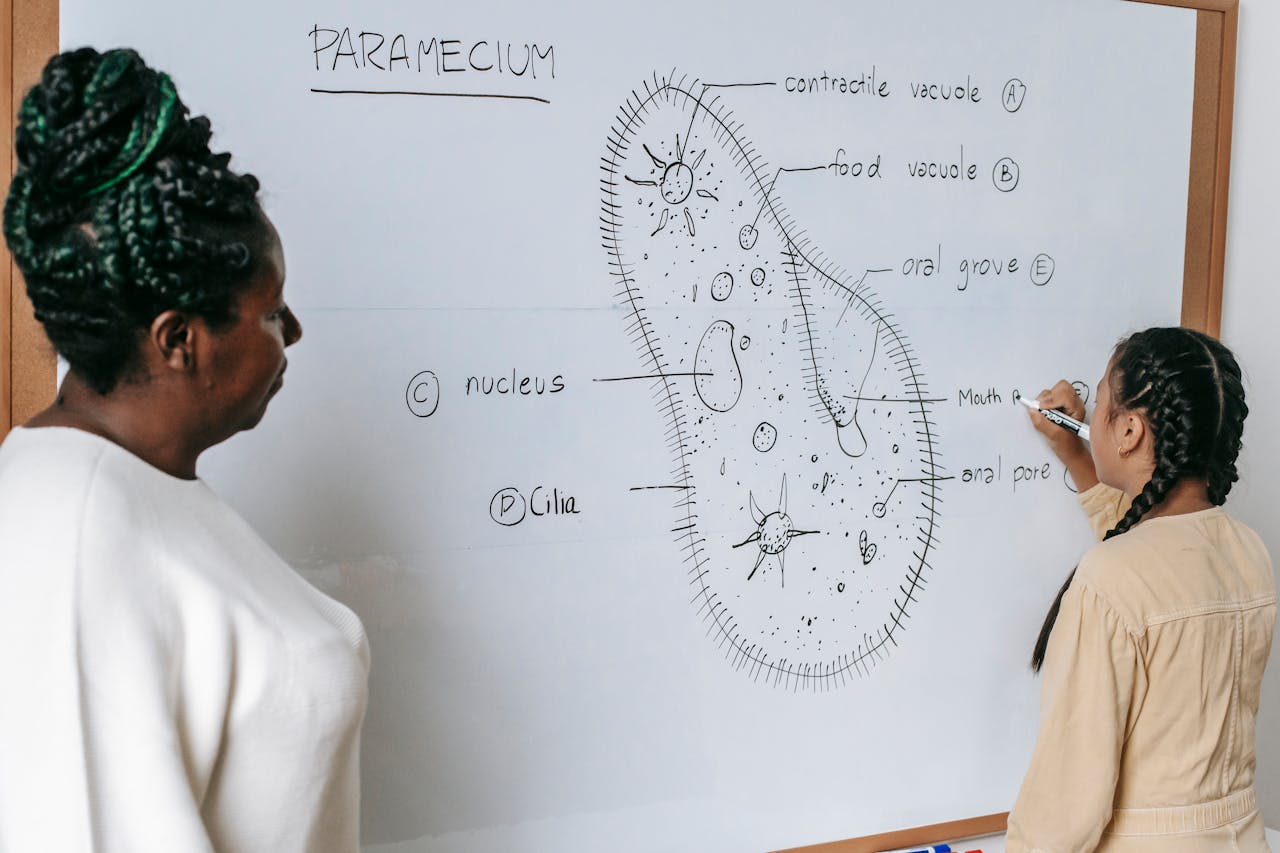
Additionally, students tend to be more engaged when they have clear guidelines to follow. Rubrics help students stay focused on the key objectives of the presentation, leading to more meaningful and thoughtful presentations.
8. Supporting Peer and Self-Assessment
Presentation rubrics are not just for teachers; they are also valuable tools for peer and self-assessment. In a science classroom, students can use the rubric to evaluate their classmates’ presentations, offering constructive feedback based on the same criteria the teacher uses.
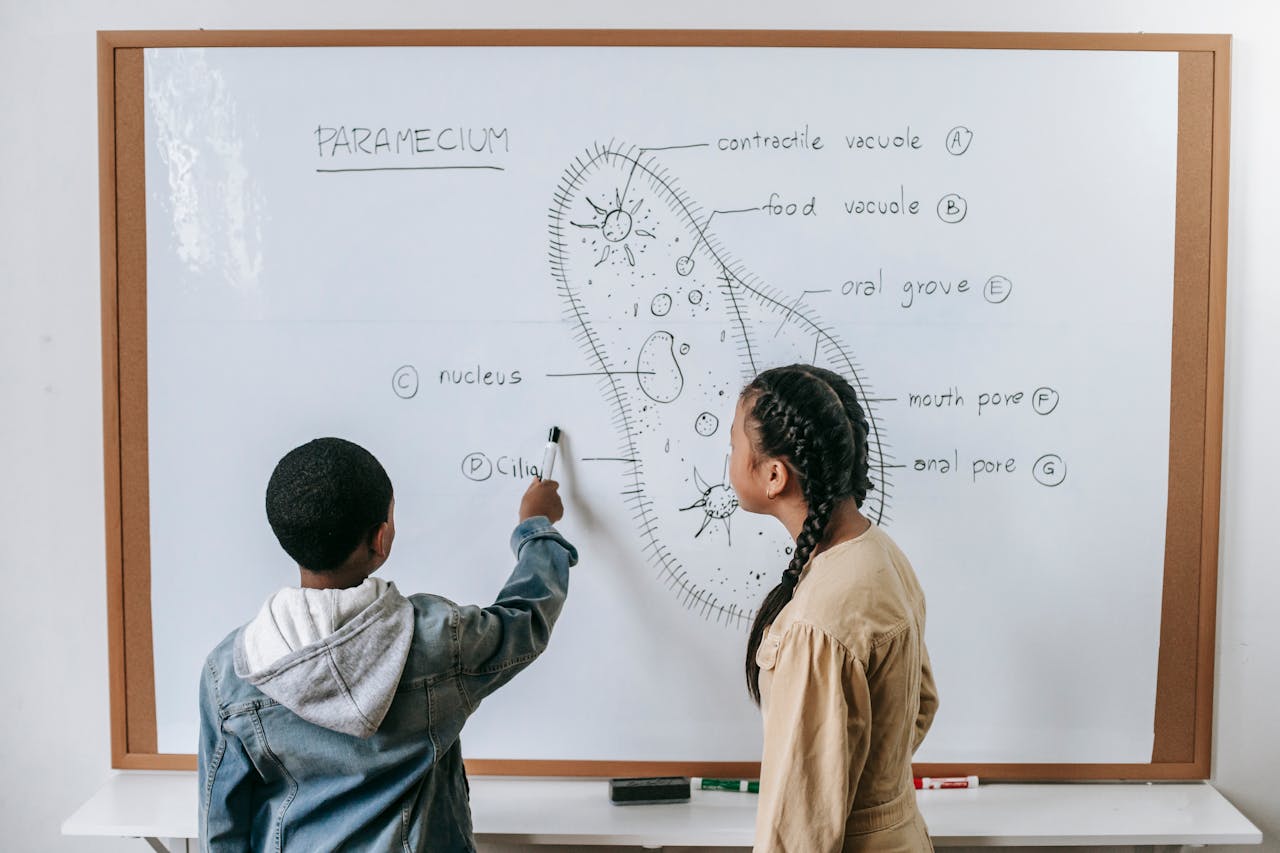
Self-assessment is also encouraged through the use of rubrics. Before presenting, students can evaluate their own preparation and presentation against the rubric. Did they include enough visual aids? Is their conclusion clear and evidence-based? This self-reflection promotes responsibility and encourages students to take ownership of their learning.
Final Thoughts…
Presentation style rubrics in the science classroom offer multiple benefits that go beyond just grading. They clarify expectations, ensure objective and consistent assessment, and provide students with the feedback they need to improve. Rubrics also encourage students to develop essential skills like communication, critical thinking, and content mastery—all while fostering confidence and engagement.

By incorporating presentation rubrics into your science classroom, you can help students enhance their scientific understanding while also building the communication and analytical skills they will need for success in both academia and the real world.
Join Us
Join our growing community of science teachers and get access to the latest science resources.
Related Topics
Explore more of our science related blogs and resources either in TpT store or Canva library!
- Effective Presentation Rubrics for The Science Classroom
- How Constructive Feedback Improves Student Learning
- Science Worksheets and Resources in Canva
- Science Teaching Resources
- A Three States of Matter Worksheet to Engage Students
- Electrical Circuits Lesson Plan for Science Teachers
- An Effective Guide to Teaching the Scientific Method
- Active Learning to Improve Retention And Earth Day Activities
Share Your Thoughts!
We would like to hear from you! How do you think presentation rubrics should be seen in the science classroom? Let us know in the comments below!
